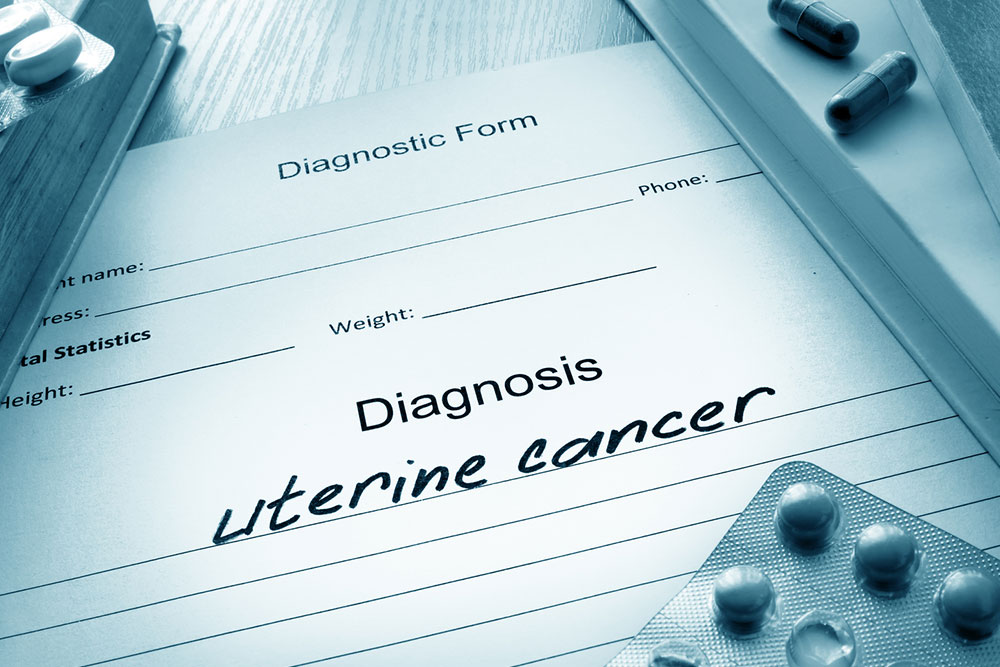
Facts about uterine cancer you should know
Uterine cancer is the most common cancer type related to a woman’s reproductive system. Sequentially it’s the fourth most common cancer among women, after breast cancer, lung cancer, and colorectal cancer. Basic warning signs of uterine cancer start when healthy cells in the uterus change and grow without control, forming a cancerous or benign mass identified as a tumor.
Uterine cancer is normally of two types: endometrial cancer (observed commonly) and uterine sarcoma (observed rarely). Endometrial cancer can be cured in many cases. Uterine sarcoma is often more aggressive and difficult to treat.
Risk factors
The risk factors mentioned herein increase a woman’s possibility to be prone to uterine cancer:
- Age
More chances of developing uterine cancer after the age of 50 and the average age is 60. - Obesity
Estrogen secretion is related to BMI index and weight factor. With an obese woman, 40% more probability of uterine cancer is observed. - Race
White women are more prone to develop uterine cancer than women of other ethnicities. But, black women have a chance of developing advanced cancer. - Genetics
Genetics is an important factor in uterine cancer development. A family history of uterine or another type of cancer can form a significant risk factor for you. - Diabetes
An overweight woman with diabetes is highly prone to developing uterine cancer. - Radiation therapy
Women who were treated using radiation therapy for other treatments in the pelvic area are more prone to uterine cancer. - Diet
Women who prefer foods high in animal fat can have more risk - Estrogen
Prolonged exposure to estrogen and/or fluctuation of estrogen levels increases the risk of uterine cancer.
Best practices to prevent uterine cancer
- Birth control pills contain a combination of estrogen and progesterone. When taken cyclically, they reduce the risk of an outgrowth of the uterine lining.
- A progestin-secreting intrauterine device (IUD),
- Reducing weight and keep proper BMI.
- If you are a diabetes patient, then regularly checking blood glucose levels can reduce risk.
Signs and symptoms
The most seen symptoms of uterine cancer are unnecessary vaginal bleeding; it could be a watery and blood-streaked flow. Vaginal bleeding, in menopause condition or after that, is often a warning symptom.
Other symptoms include
- Abnormal and unusual Pap test results.
- Difficulty when urinating.
- Pain experienced during sexual intercourse.
- Mild to severe pain mainly in the pelvic area.
Treatment
A surgical procedure on uterine cancer involves the removal of the tumor and some nearby healthy tissue, called a margin. This is the first line of treatment for uterine cancer.
Common surgical procedures for uterine cancer include
- Hysterectomy
Depending on the severity of cancer, the surgeon will suggest either a simple hysterectomy (removal of the uterus and cervix) or a radical hysterectomy, which involves removal of the uterus, the upper part of the vagina, cervix, and adjoining tissues. - Lymphadenectomy
It is similar to a hysterectomy, in addition to that surgeon may remove lymph nodes near the tumor to decide if cancer has spread beyond the uterus.




